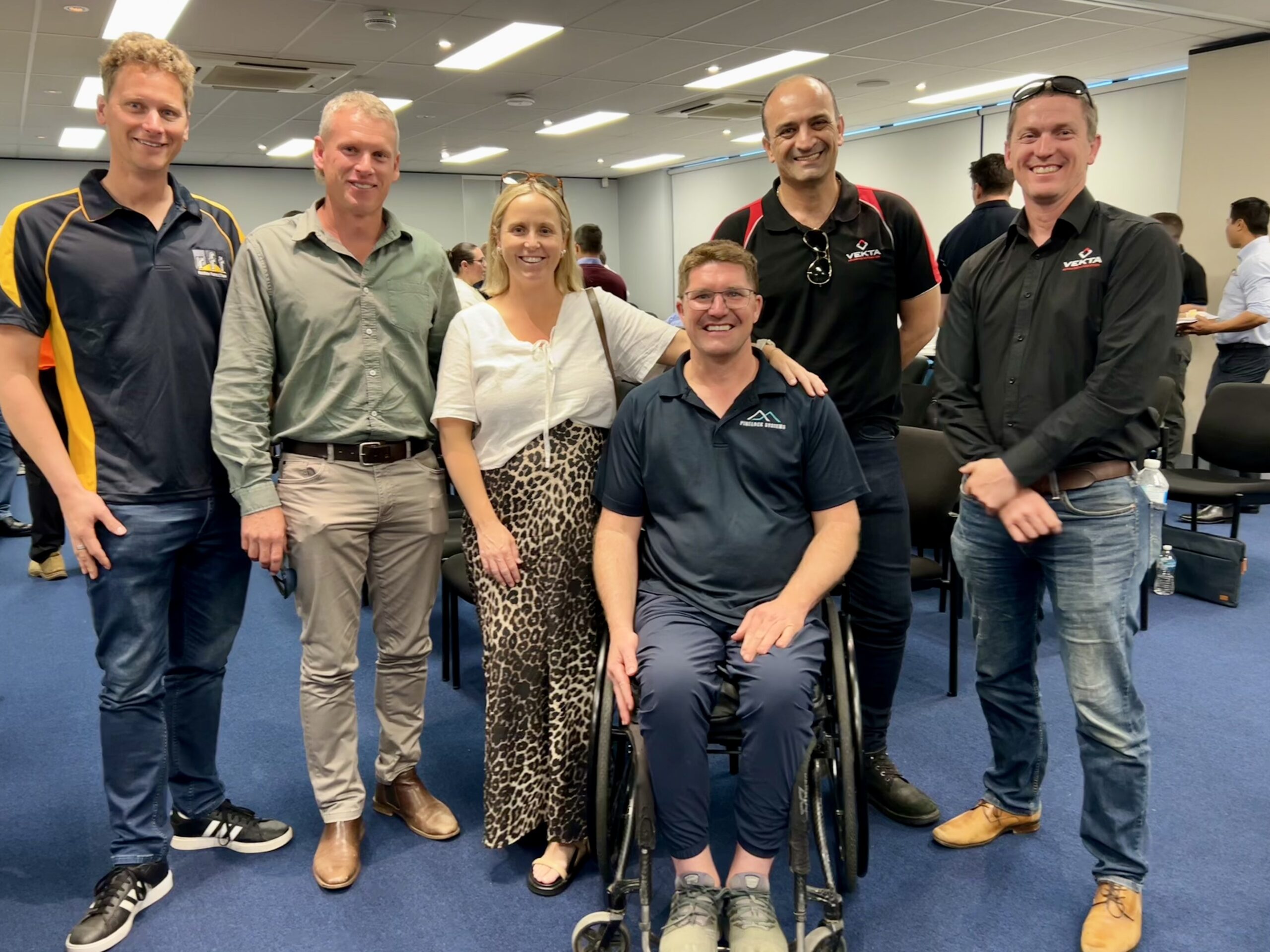

FTMA Members out in force, attending the meeting
In the ever-evolving world of roof construction, staying informed and agile is more critical than ever. The recent FTMA Australia meeting hosted by the Housing Industry Association (HIA) Western Australia underscored this sentiment, particularly as it relates to the upcoming changes in working from heights legislation. While the enforcement date may have been delayed from April 2025 to September 2026, industry professionals must not become complacent. This extension offers a crucial window of opportunity for builders and manufacturers to align their practices with the new requirements, ensuring that both regulatory compliance and workplace safety are achieved. The meeting, attended by an impressive array of 50 builders, industry specialists, and frame and truss manufacturers, highlighted the urgency of proactive preparation. Andrew Kidd, Chair of the Frame & Truss National Safety Council, delivered a compelling presentation on height safety in construction, stressing the significance of being knowledgeable about workplace hazards and the incumbent responsibilities of builders. His stark revelations about the tragic toll of falls in residential construction—5 deaths over the last decade in WA —served as a sobering reminder of the stakes involved. Andrew’s message was clear: safety cannot wait for regulations to be enforced; it must be an ingrained aspect of the building process from the outset.
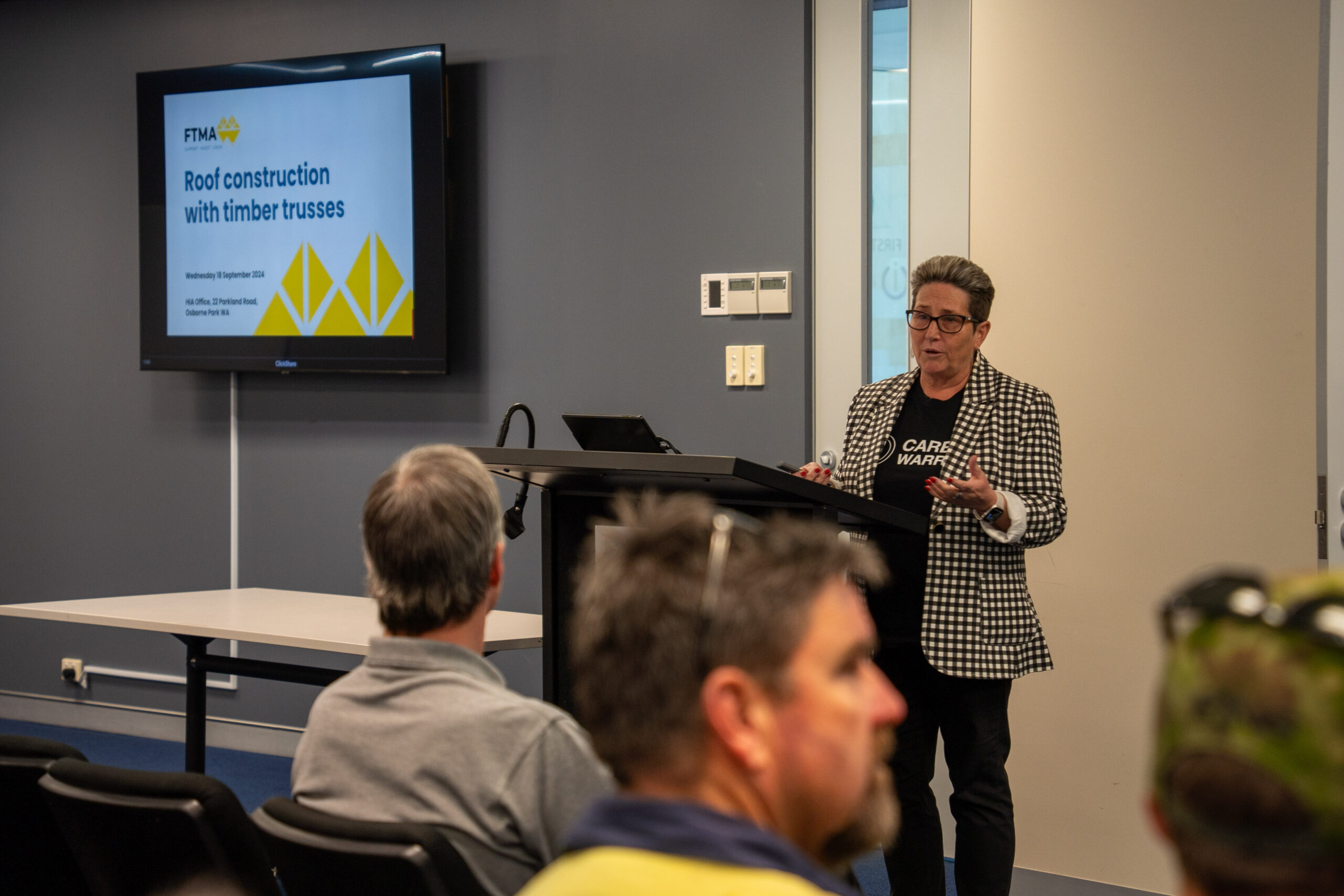
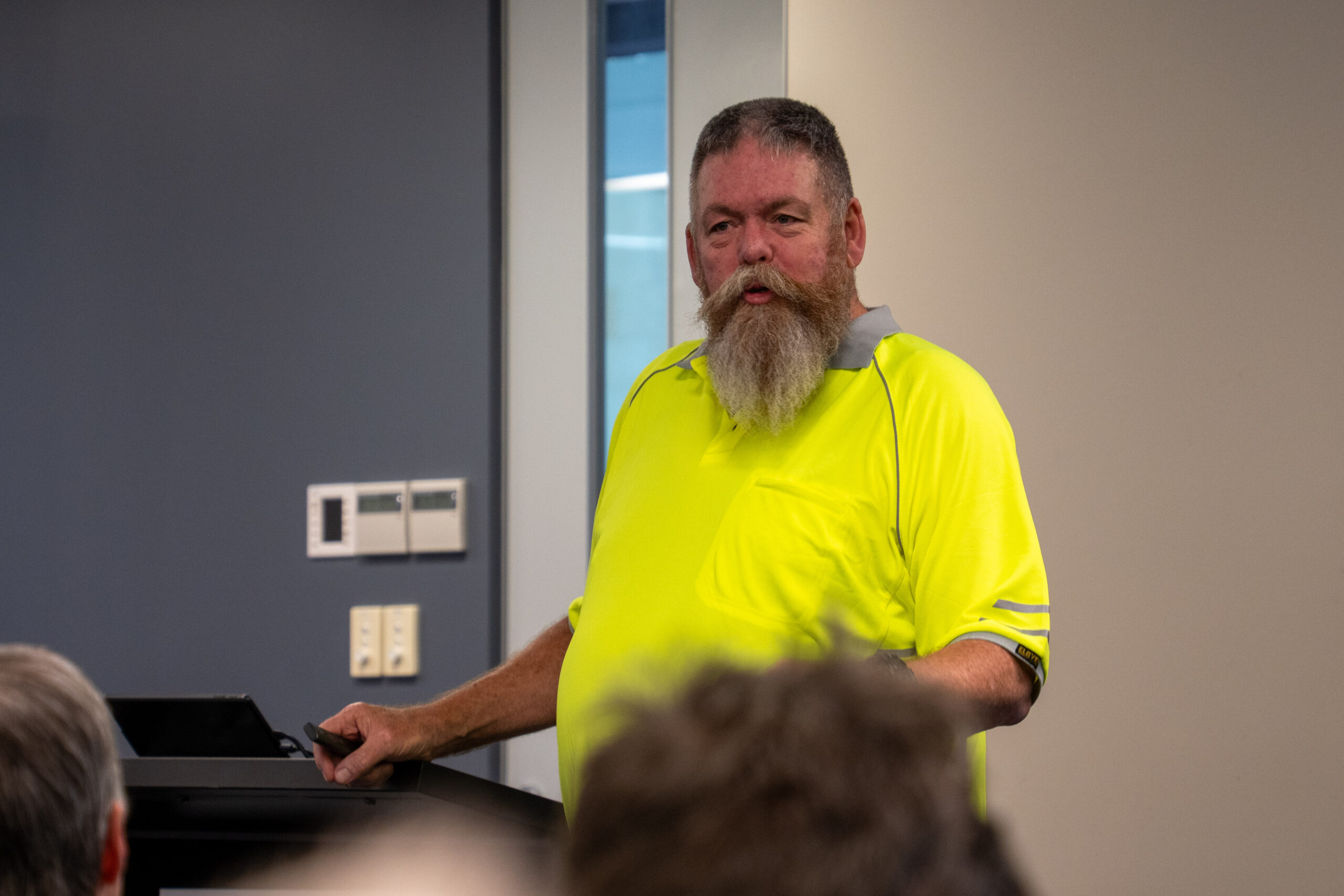
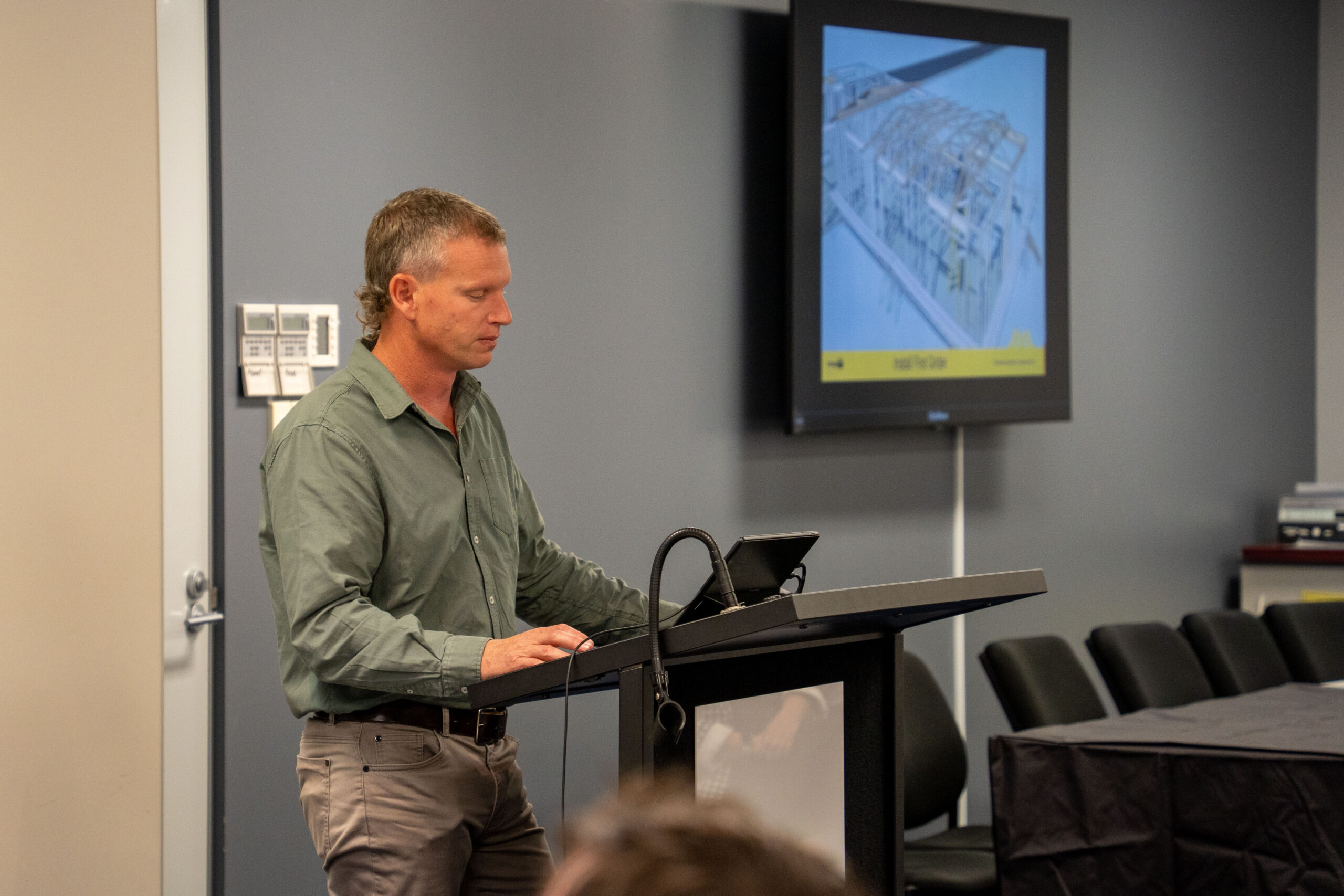
Delegates also gained valuable insights from Nick Steens of Independent Timber Supplies and Clinton Wells of Worldwide Truss & Frames. Nick’s presentation on the installation of roof trusses at 600 centres, as practiced ‘over east,’ shed light on safer working methods that could be adopted more widely in WA. Whilst Clinton’s introduction of the Trafficable Ceiling Battens illustrated innovative approaches to fall prevention, capturing the audience’s imagination with their practicality and safety benefits. It was important to note that these are not the only solutions, but they are a great starting point for a construction industry who are predominantly stick built frames and trusses, however, there is a growing interest in how prefabricated frames and trusses, can improve safety onsite. The environmental discourse brought forward by David Rowlinson, former CEO of Planet Ark, added yet another layer to the conversation. His advocacy for timber as a sustainable building material, capable of storing carbon for its lifetime, provided food for thought in a state where steel lightweight framing is strong. With initiatives like NABERS pushing for a national standard for embodied carbon, the imperative to reduce the environmental footprint of building materials is clear. Builders must anticipate future regulations that will likely mandate such reductions, making sustainable practices not just preferable but necessary.
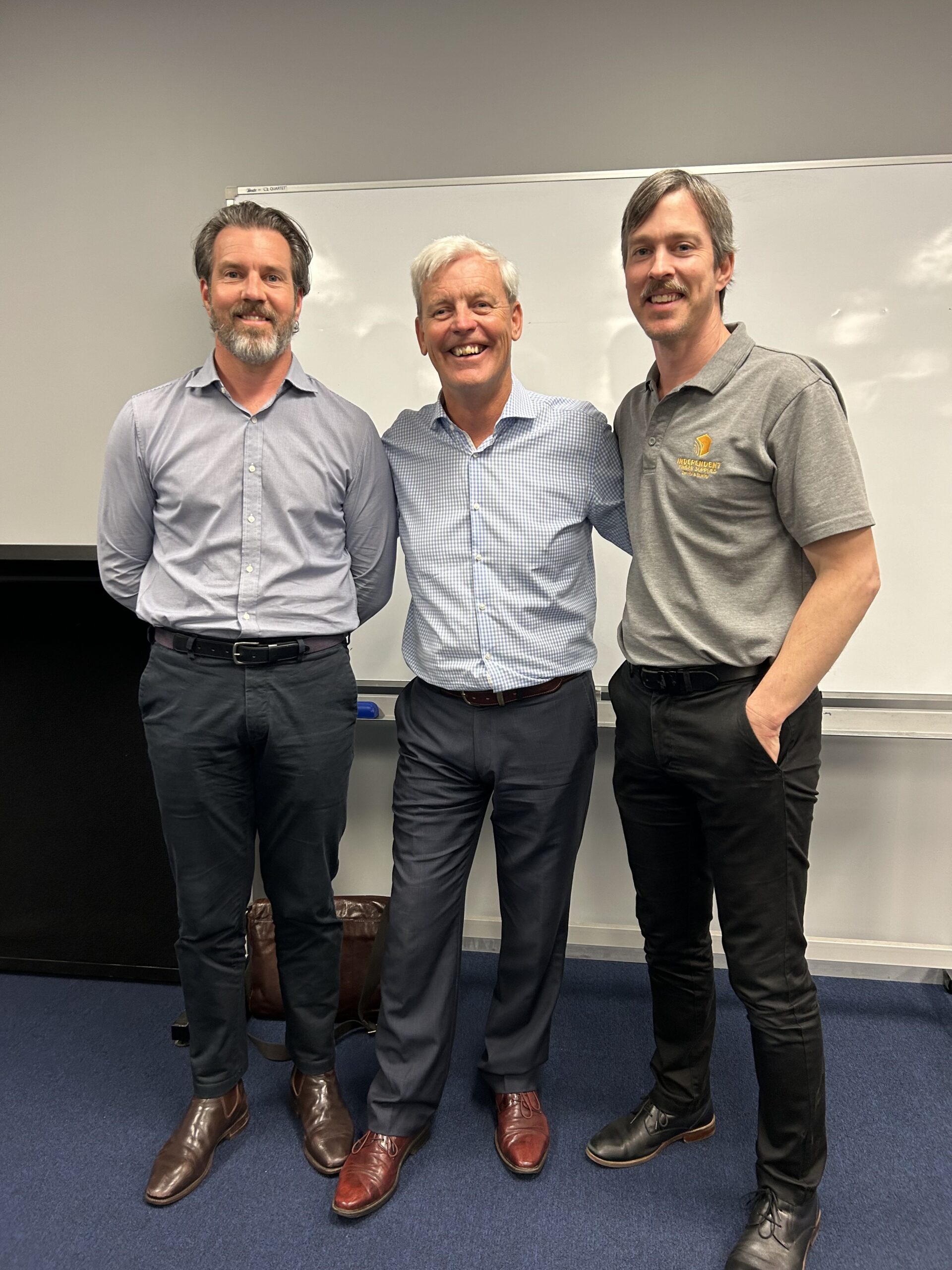
The event concluded with a panel discussion. Discoveries about the engineered software behind prefabricated trusses, and its compliance with structural standards, left many delegates reconsidering their current engineering protocols. The revelation that quality products from FTMA members could remove the need for additional structural sign-offs was particularly impactful. As an industry, we must recognise that these legislative delays are not a reprieve, but a call to action. The present moment is our opportunity to innovate, educate, and adapt. By doing so, we not only comply with forthcoming regulations but more importantly, we save lives and mitigate our environmental impact. FTMA Australia extends its gratitude to all participants and looks forward to continuing this vital dialogue.
Our Principal Partners



